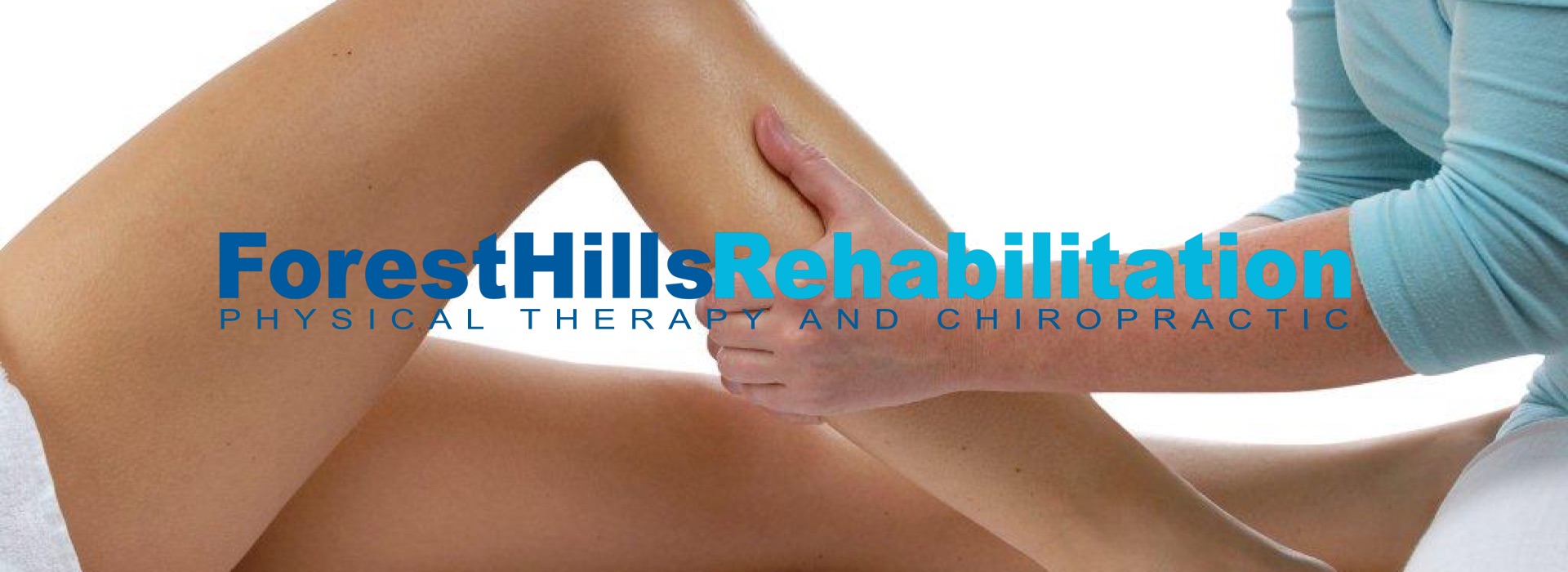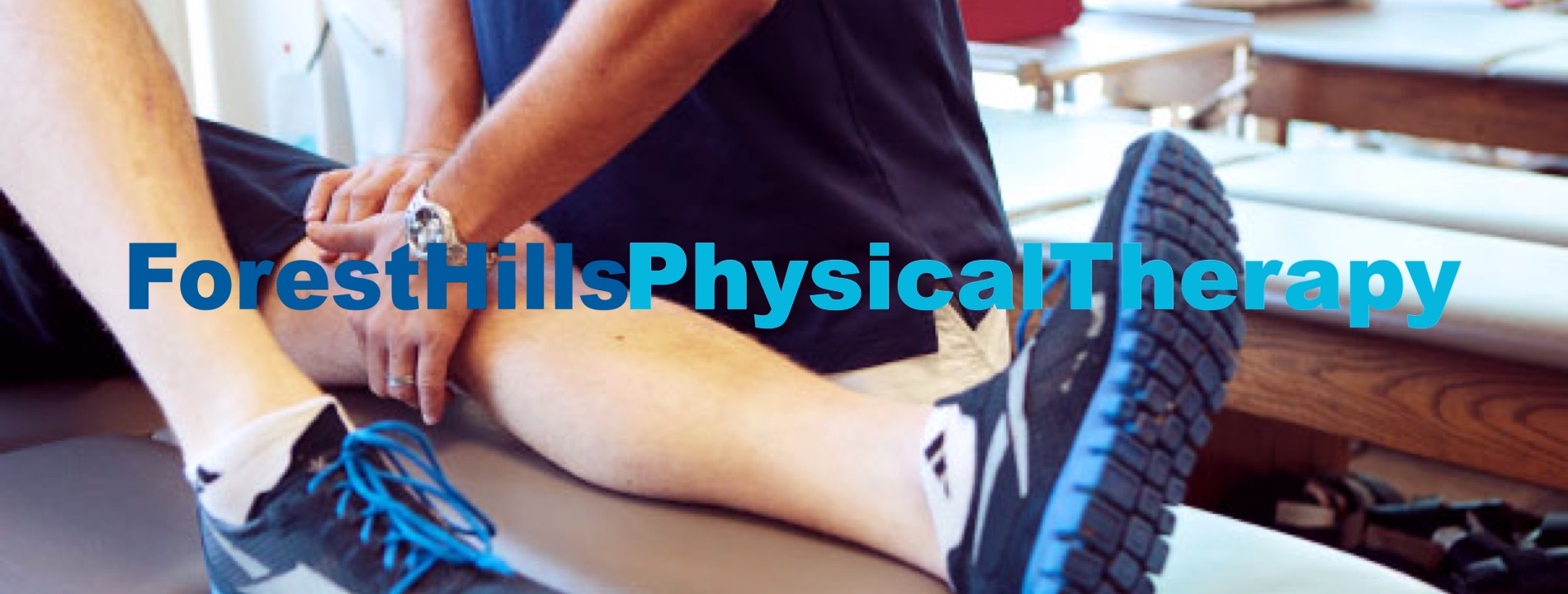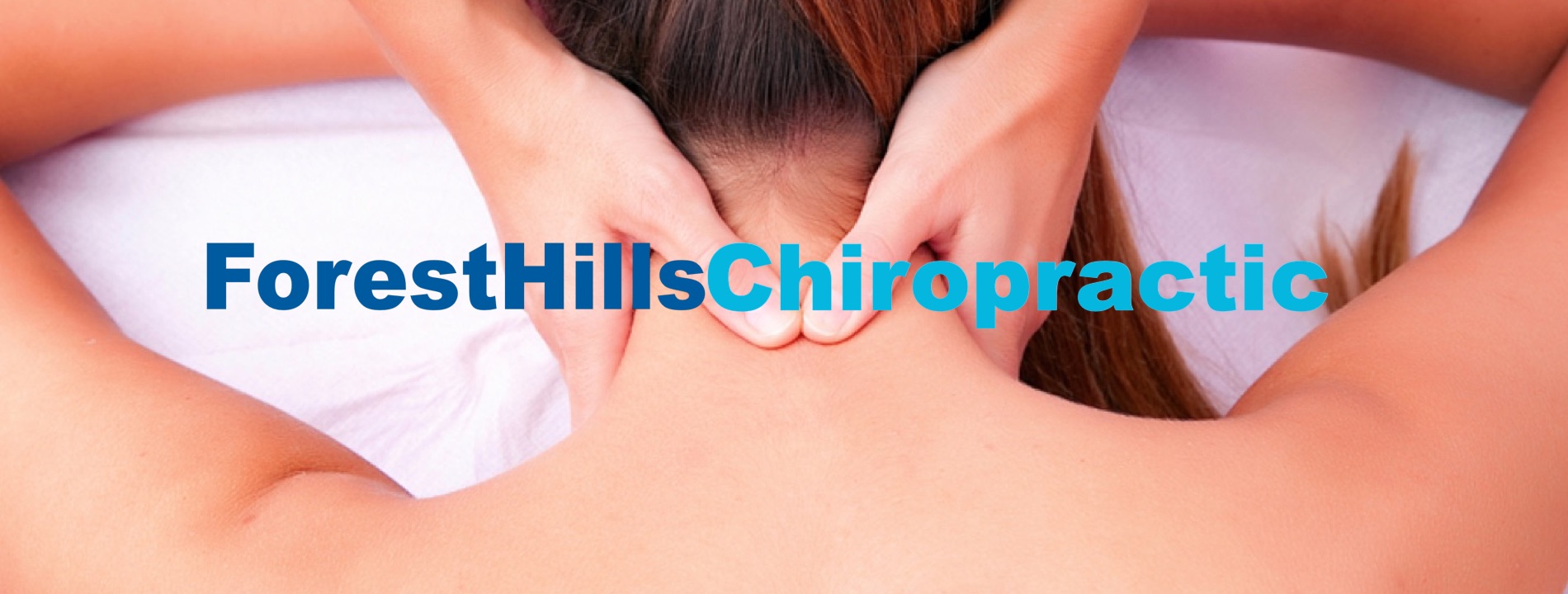Pre and Post-operative Physical Therapy for Total Hip Replacement- Forest Hills NY
Pre and Post-operative Physical Therapy for Total Hip Replacement
Total hip replacement (THR) is a surgical procedure to replace a damaged hip joint with a new artificial/prosthetic implant. Physical therapy is essential before and after surgery in order to minimize complications. Therapy also reduces recovery time and restores hip joint function as quickly as possible.
Musculo-skeletal conditions that may require THR
An impaired hip joint can result in pain and motion restriction for daily activities like sitting, standing, walking and commuting. Some of the conditions that could potentially damage the hip joint include:
Trauma
Tumors
Osteoarthritis
Rheumatoid arthritis
Osteonecrosis
Signs and symptoms include moderate to severe hip pain and joint stiffness. Since the hip is a weight bearing joint, pain and discomfort in this region can interfere with the ability to walk and result in gait imbalances.
This can trigger several biomechanical adjustments in the lower body and lead to low back pain, knee pain and ankle pain. Over a period, this can cause several limitations in function. It is important to consult with a physician and detect hip joint abnormalities as soon as possible to prevent long-term damage.
Benefits of Physical Therapy
In the event of a scheduled THR surgery, physical therapy can speed up healing and rehabilitation of the hip joint before and after surgery.
Before surgery
A baseline measurement of the strength and flexibility is performed. The patient is educated about precautions to take prior to the surgery and positions / movements to avoid after surgery. Objects and furniture may need to be re-arranged to make sure important objects are within reach.
After surgery
Several procedures and modalities can be used by the physical therapist to facilitate recovery after surgery. These include:
Ultrasound to heal connective tissue (tendons and ligaments).
Manipulative therapy that includes stretching and massage.
Resistance training to build muscle strength.
Cold compress and heat to relax muscle spasms.
Low-level laser use for muscle and connective tissue injuries.
Functional electrical stimulation to restore muscle strength.
The Importance of the Initial Evaluation
Your physical therapist understands that when it comes to your recovery, every little detail matters. That is the reason your therapist will conduct a detailed initial evaluation. This includes objective measurements of the strength, flexibility, and mobility of the hip joints.
The physical therapist will identify functional limitations of the patient and establish a gap between the prior level of function and intended level of function.
Once the physical therapist determines this gap and analyzes diagnostic tests like X-rays and MRI scans, an effective treatment program can be created. This consists of specific procedures and modalities.
Treatment for mild hip problems is generally conservative. It includes medications and physical therapy. Physical therapy can also help before and after THR surgery. After a brief period of hospitalization, the patient may need several weeks, potentially months of physical therapy to achieve full recovery.
If you or someone you know is complaining of hip pain, call our office today. We will do everything we can to help.
http://www.foresthillsrehab.com/Physical-Therapy-Queens.html





